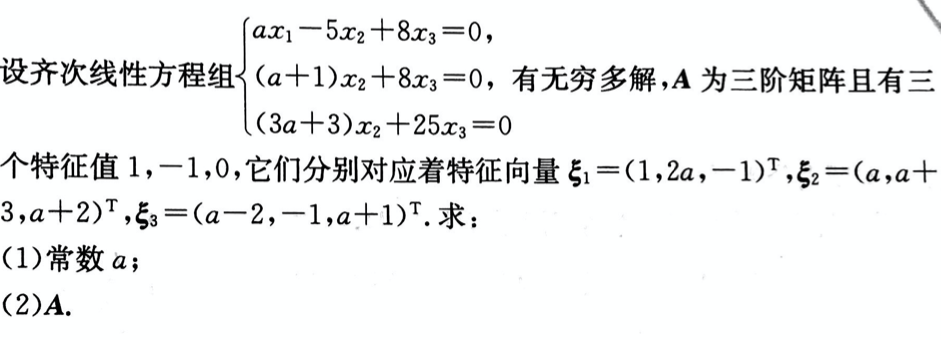Text 3 It is a good time to be a fisherman.The global fish-price index of the UN's Food and Agricultural Organization(FAO)hit a record high in May.Changing consumer diets,particularly in China,explain much of the sustained upward movement.High oil prices,which increase the cost of fishing and transportation,also add to the price of putting fish on Lhe table.Not all fish are creaLed equal,however.There are two types of fish production:"capture"(or wild)and"aquaculture"(or farmed).And they seem to be on different tracks.Fish such as tuna,the majority of which is cau~;ht wild,saw much bigger price increases than salmon,which is easier to farm.Overall,the FAO's price index for wild fish nearly doubled between 1990 and 2012,whereas the one for farmed fish rose by only a fifth.What explains this big difference?The amount of wild fish captured globally has barely changed in the past two decades.The ceiling,of about 90m tonnes a year,seems to have been reached at the end of the 1980s.Overfishing is one reason,as is the limited room for produclivity growth,particularly if consumers want high quality.Patrice Guillotreau of the University of Nantes tells the story of a fleet in France that decided to trawl,rather than line-catch,its tuna.It braughi more back to shore,but the fish were damaged.It could not be sold as high-value fillets and was only good for canning.The old ways of catching fish are still best if you want the highest profits,says Mr CuiUotreau.In contrast,the farmed-fish industry continues to make productivity improvements.Fish farms have found crafty ways to use lower quantities of fish meal as feed.In the early days of aquaculture,it could take up to ten pounds of wild fish to produce one pound of salmon.Now the number is down to five.That may still be an inefficient use of protein,but the ratio is set to improve further.Fish farms have also become more energy-efficient,meaning that they are less affected by higher energy pnces.And they have learned how to handle diseases beUer,reducing the quanlity of fish that ends up being unsellable.As a resuli of all these improvements,the global production of farmed fish,measured in tonnes,now exceeds the producUon of beef.Output is likely to continue growing:the FAO estimates thal by 2020 it will reach six times its I990 level.
The production of farmed fish is growing due to the following reasons except_____
- A.disease control
- B.lower labour cost
- C.energy conservation
- D.reduction of fish feed
正确答案及解析
正确答案
解析
细节题。根据the production of fanned fish,growing等词定位到最后一段。题目问“养殖鱼产量增加的原因”,对应句子为最后一段首句:As a result of all these improvements,the global production of farmed fish,measured in tonnes,now exceeds the production of beef.由该句可知养殖鱼产量增加是因为these improvements“这些进步”,而these improvements指代的内容来自上一段,即答案句来自第五段。该段讲到三个因素使养殖鱼产量增加,没有提到的即符合题目要求。第一个因素来自第五段第二句:Fish farms have found crafty ways to use lower quantities of fish meal as feed.其中lower quantities of fish meal as feed“减少鱼饲料”=[D]reduction of fish feed“鱼饲料减少”;故排除[D]。第二个因素来自倒数第二句:Fish farms have also become more energy-efficient,meaning that they are less affected by higher energy prices.其中energy-efficient“节能”=[C]energy conservation“节约能源”;故排除[c]。第三个因素来自最后一句:And they have leamed how to handle diseases better,reducing the quantity of fish Lhat ends up being unsellable.其中handle diseases better“更好应对疾病”=[A]disease control“疾病控制”;故排除[A]。剩余选项[B]lower labour cost“低劳动力成本”:该项属于无中生有,符合题目要求,故本题选择[B]。




